Past WWCF
2022
Past WWCF 2022
Overview
- Date
- Nov. 24(Thur), 2022
- Venue
- #325, EXCO, Daegu, Republic of Korea
- Theme
- Cooperation and Innovation between Water Cities
- Host
- Daegu Metropolitan City
- Participants
- Government Officials, Water Specialists and Academics from 9 Cities in 9 Countries and 2 Organizations
- Program
-
- Keynote SpeechⅠ, Roundtable for Theme A 「Water in the Cities」
- Keynote SpeechⅡ, Roundtable for Theme B 「Digital Water Management」
- Keynote SpeechⅢ, Roundtable for Theme C 「Securing Water Resources」
Overview
| Date | Nov. 24(Thur), 2022 |
|---|---|
| Venue | #325, EXCO, Daegu, Republic of Korea |
| Host | Daegu Metropolitan City |
| Invited Cities / Organizations |
9 Cities in 9 Countries and 2 Organizations Daegu (Korea), Chennai (India), Bangkok (Thailand), Ciudad Juarez (Mexico), Mikkeli (Finland), Singapore, Indonesia, Kobe (Japan), Vientiane (Laos), World Water Council, The Korea Water Resources Association |
| Participants | Government Officials, Water Specialists and Academics |
Program Timetable
| Time | Program |
|---|---|
| 15:00~15:05 (5’) | Opening and Introduction Video to the WWCF 2022 |
| 15:05~15:10 (5’) | Introduction of Participants and Expert Group Members |
| 15:10~15:15 (5’) | Welcoming Remarks |
| 15:15~15:25 (10’) | Daegu Metropolitan City- World Water Council MOU Signing |
| 15:25~15:35 (10’) | Introduction to the World Water Cities Forum 2022 and Background of the Major Themes |
| < Roundtable for Theme A > 「Water in the Cities」 | |
| 15:35~16:05 (30’) | Keynote SpeechTheme A |
| Sharing of Urban Water Issues and Experiences ①Chennai, India ② Daegu, Korea | |
| Discussion | |
| 16:05~16:15 (10’) | Coffee Break |
| 16:15~16:25 (10’) | IWRA Special Presentation「Smart Water Cities」 |
| < Roundtable for Theme B> 「Digital Water Management」 | |
| 16:25~16:55 (30’) | Keynote SpeechTheme B |
| Sharing of Urban Water Issues and Experiences ① Bangkok, Thailand ② Ciudad Juarez, Mexico ③ Mikkeli, Finland ④ Singapore | |
| Discussion | |
| < Roundtable for Theme C > 「Securing Water Resources」 | |
| 16:55~17:25 (30’) | Keynote SpeechTheme C |
| Sharing of Urban Water Issues and Experiences ①Indonesia ②Kobe, Japan③Vientiane, Laos | |
| Discussion | |
| 17:25~17:45 (20’) | Q & A |
| 17:45~17:55 (10’) | Presentation of Urban Water Policy Brief |
| 17:55-18:00 (5’) | Announcement of Closing and Commemorative Photo Taking |
| 18:30-20:00 (90’) | Welcoming Dinner |
Introduction of participants in WWCF 2022
Bangkok - Thailand
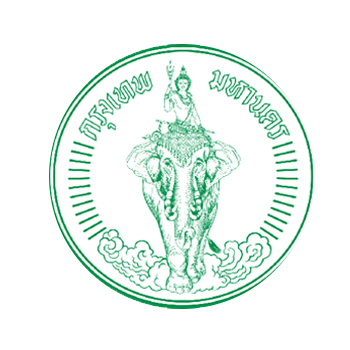
About the City/Organization
| Name | Bangkok |
|---|---|
| Total Land Area (km2) | 1,569 |
| Population | 8.281 million |
About the Organization
| Name | Metropolitan Waterworks Authority |
|---|---|
| Established | August 16, 1967 |
| Type | Water Supply |
| Headquarters | Bangkok |
| Membership | IWA, AWC, AWWA |
Introduction of the City/Province/Organization
In the last century, there were only about 330,000 people in Bangkok. There are many canals constructed to connect with the Chao Phraya River. Bangkok residents consume canal water and rain water in their daily lives.
IHowever, in dry season, canal water became unsafe and occasionally caused an outbreak of fatal cholera. According to King Rama V’s awareness of water condition, the water supply project was initiated in 1909 in order to provide clean water for the residents. Survey, design and construction of raw water canal were launched in the 5 following years. Consequently, treated water from Bangkok Waterworks was first distributed to the residents in 1914.
IIn 1967, the Bangkok Waterworks was changed to Metropolitan Waterworks Authority (MWA), a state enterprise under the Ministry of Interior, which is responsible for water production, transmission and distribution to people living in 3adjoining provinces, namely, Bangkok, Nonthaburi and Samut Prakan.
Mikkeli – Finland
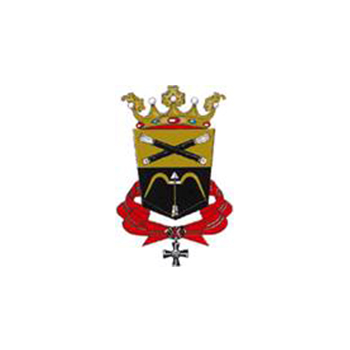
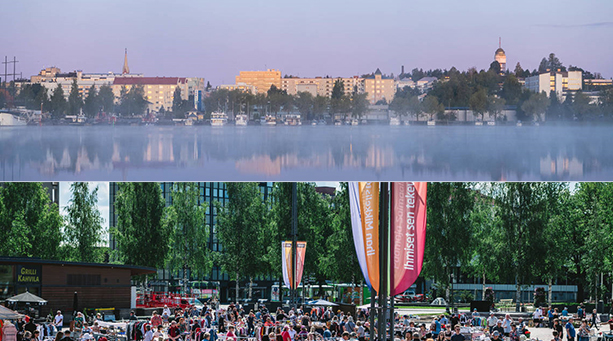
About the City
| Name | City of Mikkeli |
|---|---|
| Population | 55,000 |
| Main industry/ Economic sectors |
Hospital supplies, energy solutions, solar energy, plywood industry, food |
| Source of water supply | Ground water |
| Website | www.mikkeli.fi |
Introduction of the City
City of Mikkeli is located southern Savo, in Finland, Nordic Europe. The strengths of city include clean water, forests and healthy food. We are well study and trained population, technology-oriented, well-known and close to pure nature. Postgraduate studies will have excellent market value, thanks for University of Applied Sciences and the University Center. The university unit focusing on water expertise. Mikkeli is located on pure groundwater. We pump our drinking water directly under the city market. Good quality water is important for individual families and especially for the food industry. All our water used is recovered and gray water is not release directly to nature. Our new gray water treatment plant with new membrane bio reactor will be ready 2021. EcoSairila Business Park, around of gray water treatment plant, will allows research, studying, business and rotation economics in all its forms. Other examples of business in Mikkeli are renewable energy, circulation economy, zero energy homes, wood construction, care for the elderly population.
Water Challenges in Mikkeli – Urban runoffs and effluents to the drainage basin / Educating and recruiting young water professionals
Description
Mikkeli is located in eastern Finland, South Savo region by the Lake Saimaa. Mikkeli has a population of 53,781 and covers an area of 3,229.57 km2 of which 424.7 km2 is water. The population density is 31.64 inhabitants per km2.
Challenge: Urban runoffs and effluents to the drainage basin
Lake Saimaa is the largest lake in Finland, and the fourth largest natural freshwater lake in Europe. Saimaa is spotted with islands, and narrow canals divide the lake in numerous small, extremely fragile parts.
City of Mikkeli industrialized in 1920s and saw mills and other industries sprung by the Lake Saimaa. Also the population increased rapidly. Coming to 1960s when WTT plant started operating, the water quality and state of the natural environment were compromised. Since 1960s the water quality and the state of the natural environments has slowly, but continuously improved. Commissioning the new MBR WWT plant in 2021 reinforces this trend. Still City of Mikkeli, built environment and human activities, urban runoffs and effluents to the drainage basin cause a significant threat to effect delicate Lake Saimaa. Main challenges eutrophication and algae blooming during summer.
Challenge: Aging personnel in water sector. Educating and recruiting young professionals
Water and sanitation infrastructure in Finland was built in 1960s and 1970s. In Mikkeli water supply infrastructure is up to date and a new MBR WWT plant is being constructed and commissioned in 2021. Rest of municipalities in South Savo Region are facing the must do investments in upcoming years. The technology leap sets a huge challenge in aspect of human resources, educated personnel. Not only infrastructure but also personnel working in the water sector is aging. Young professionals are fairly scarce and the difficult to recruit.
Scale
Mikkeli is located in eastern Finland, South Savo region by the Lake Saimaa. Mikkeli has a population of 53,781 and covers an area of 3,229.57 km2 of which 424.7 km2 is water. The population density is 31.64 inhabitants per km2.
Key specs
New MBR WWT plant being constructed under bedrock. Commissioned 2021. Includes water reclamation plant, R&D- and testing- & piloting-facilities. Strong R&D activities. Concept being developed: WWTP as resource factory.
Additional info
jouni.riihela@mikkeli.fi
Singapore
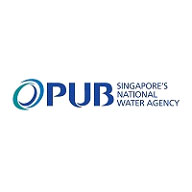
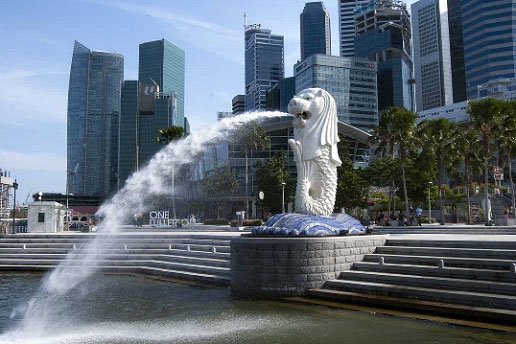
About the Organization
| Name | Public Utilities Board |
|---|---|
| Established | 1963 |
| Type | Public |
| Headquarters |
40 Scotts Road #22-01 Environment Building Singapore 228231 |
Introduction of the City/Province/Organization
PUB is a statutory board under the Ministry of Sustainability and the Environment (MSE). It is the national water agency, which manages Singapore’s water supply, water catchment, and used water in an integrated way. The Public Utilities Board (PUB) was set up as a statutory board in 1963 to coordinate the supply of electricity, piped gas, and water for Singapore. From April 2020, PUB also took on the responsibility of protecting Singapore’s coastline from sea-level rise as the national coastal protection agency.
PUB has ensured a diversified and sustainable supply of water for Singapore with the Four National Taps (local catchment water, imported water, NEWater, desalinated water). PUB leads and coordinates whole-of-government efforts to protect Singapore from the threat of rising seas and the holistic management of inland and coastal flood risks.
PUB calls on everyone to play a part in conserving water, in keeping our waterways clean, and in caring for Singapore’s precious water resources. If we all do our little bit, there will be enough water for all our needs – for commerce and industry, for living, for life.
The PUB corporate logo has been specially designed as one unit, with the relationship of its elements locked in. It was refreshed in 2016 after the regulation of electricity and gas industries, formerly undertaken by the PUB, was transferred to a new statutory board, the Energy Market Authority (EMA).
Ciudad Juárez

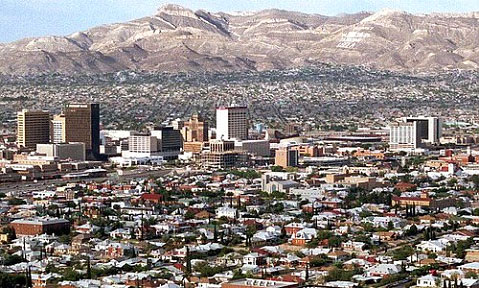
About the Organization
| Name | Junta Central de Agua y Saneamiento Del Estado De Chihuahua |
|---|---|
| Type | Public |
| Headquarters | Av. Prol. Teófilo Borunda 500, Centro, 31000 Chihuahua, Chih. |
Introduction of the City/Province/Organization
The Central Board of Water and Sanitation is an organization that coordinates the actions of drinking water, sanitation and sewerage works for the benefit of all Chihuahuan families.
To be an administrative body of water resources with high citizen participation and the most efficient state authority at the national level in the conservation and care of water to contribute to environmental sustainability.
Self-sustainable organization that seeks to guarantee universal coverage and supervise the quality of drinking water, sewerage and sanitation service in the state, to contribute to the social and economic development of Chihuahuans.
Our objectives are like below: Achieve the sustainable use of Water Resources in 25 years. Expand and modernize the coverage of drinking water, sewerage, sanitation, use of treated water services and improve water quality with priority in urban areas with poverty and rural areas of high marginalization. Streamline the operation of the agencies through the proper and responsible administration of economic resources and necessary investments. Ensure long-term sustainability and governance in the Agencies. Eliminate corruption in the Agencies.
Chennai – India
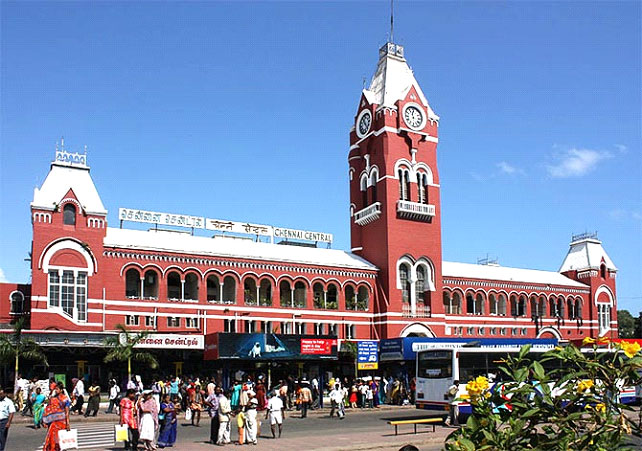
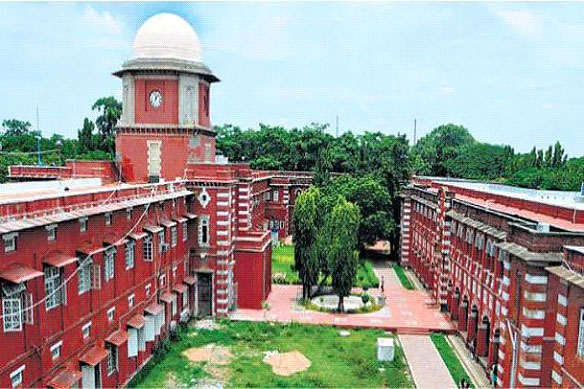
Introduction of the City/Province/Organization
Chennai is the capital city of the Indian state of Tamil Nadu. The state's largest city in area and population as well, Chennai is located on the Coromandel Coast of the Bay of Bengal, and is the most prominent cultural, economic and educational centre of South India.
Chennai is located on the south–eastern coast of India in the north–eastern part of Tamil Nadu on a flat coastal plain known as the Eastern Coastal Plains. Two major rivers flow through Chennai, the Cooum River through the centre and the Adyar River to the south. A third river, the Kortalaiyar, travels through the northern fringes of the city before draining into the Bay of Bengal, at Ennore. The estuary of this river is heavily polluted with effluents released by the industries in the region. Adyar and Cooum rivers are heavily polluted with effluents and waste from domestic and commercial sources, the Coumm being so heavily polluted it is regarded as the city's eyesore. Several lakes of varying size are located on the western fringes of the city. Some areas of the city have the problem of excess iron content in groundwater.
Vientiane
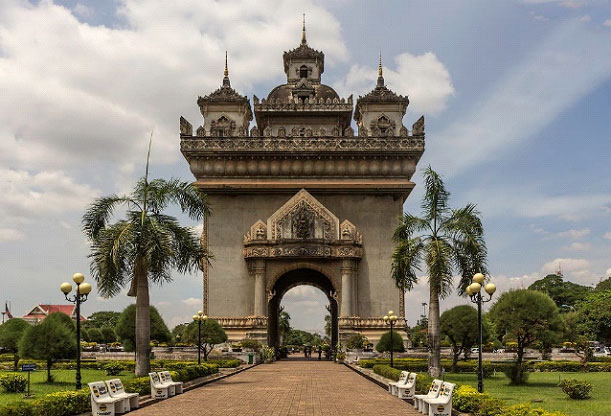
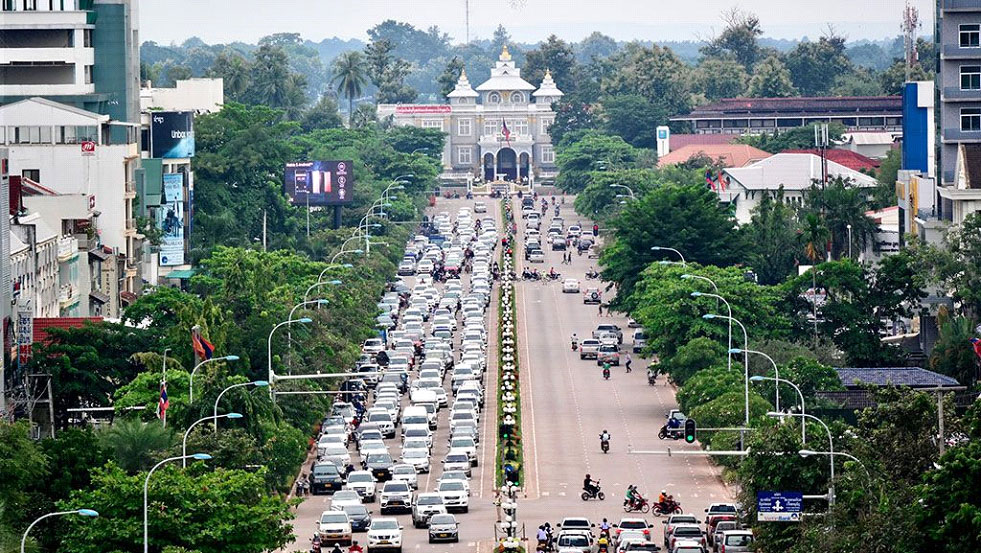
About the Organization
| Name | Department of Water Supply (DWS) Ministry of Public Works and Transport of Lao PDR. |
|---|---|
| Type | Public |
| Headquarters | xjcc+h55 Vientiane |
Introduction of the City/Province/Organization
Vientiane is the capital and largest city of Laos. Vientiane is divided administratively into 9 cities with a total area of only approx. 3,920 square kilometres and is located on the banks of the Mekong, close to the Thai border. Vientiane was the administrative capital during French rule and, due to economic growth in recent times, is now the economic center of Laos. The city had a population of 948,477 as of the 2020 Census. Vientiane is noted as the home of the most significant national monuments in Laos – That Luang – which is a known symbol of Laos and an icon of Buddhism in Laos.
Laos is a nation with plentiful surface water and broad rivers, but outside of cities there is little infrastructure to make that water clean and accessible. By 2015, 76% of Laotians nationwide were estimated to have access to “improved” water (water not taken directly from natural flows), while 71% were estimated to have access to “improved” sanitation (access to a sewage system more advanced than simple latrines).
Indonesia

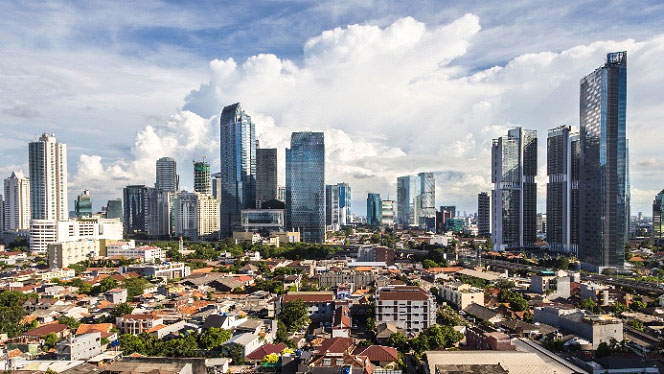
About the Organization
| Name |
Settlement Infrastructure Planning Implementation Ministry of Public Works and Housing |
|---|---|
| Type | Public |
| Headquarters |
Jalan Pattimura No. 20 Kebayoran Baru Jakarta Selatan 12110 Jakarta, Indonesia |
Introduction of the City/Province/Organization
Indonesia is a country in Southeast Asia and Oceania between the Indian and Pacific oceans. It consists of over 17,000 islands, including Sumatra, Java, Sulawesi, and parts of Borneo and New Guinea. Indonesia is the world's largest archipelagic state and the 14th-largest country by area, at 1,904,569 square kilometres with over 275 million people, Indonesia is the world's fourth-most populous country and the most populous Muslim-majority country. Java, the world's most populous island, is home to more than half of the country's population.
Indonesia lies along the equator, and its climate tends to be relatively even year-round. Indonesia has two seasons—a wet season and a dry season—with no extremes of summer or winter. For most of Indonesia, the dry season falls between May and October, with the wet season between November and April. Indonesia's climate is almost entirely tropical, dominated by the tropical rainforest climate found on every large island of Indonesia.
Several studies consider Indonesia to be at severe risk from the projected effects of climate change. These include unreduced emissions resulting in an average temperature rise of around 1 °C (2 °F) by mid-century, raising the frequency of drought and food shortages (with an impact on precipitation and the patterns of wet and dry seasons, and thus Indonesia's agriculture system) as well as numerous diseases and wildfires. Rising sea levels would also threaten most of Indonesia's population, who live in low-lying coastal areas. Impoverished communities would likely be affected the most by climate change.
Kobe
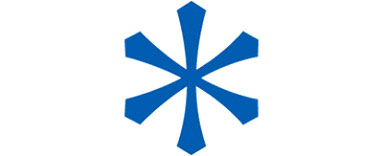
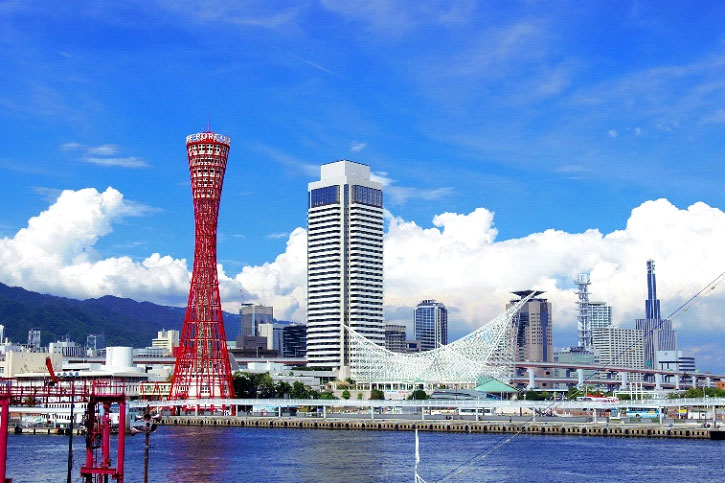
About the Organization
| Name | Water Purification Management Center Waterworks Bureau |
|---|---|
| Type | Public |
| Headquarters | 5 Chome-6-30 Oikecho, Suma Ward, Kobe, Hyogo 654-0026, Japan |
Introduction of the City/Province/Organization
Kobe's modern water supply began in 1900 (Meiji 33), the seventh in Japan, to respond to chronic water shortages and infectious diseases such as cholera. Currently, the city does not have enough water sources for 1.5 million citizens, and relies on the Lake Biwa and Yodo River systems for three-quarters of the total water. In order to stably deliver safe and secure water to every corner of the city area that lacks its own water source and is rich in undulations, we maintain and manage a huge amount of water supply facilities such as many pumping stations, distribution ponds, and water pipes with a total length of about 4800 km. Water rates have been maintained at the current level since 1997, making business operations more difficult.
Kobe's waterworks have a history of more than 120 years with the citizens since they began supplying water in 1900 (Meiji 33) as the seventh modern water supply in Japan. In the past, we expanded water supply facilities in line with the expansion of the city and the development of the city of Kobe, whose population continues to increase, with the aim of providing a stable supply of safe and secure water. In recent years, the population of Kobe City has started to decline, and the cost of renewing water facilities is increasing as water supply revenues continue to decline. As the environment surrounding our business becomes increasingly severe, the Waterworks Bureau is implementing initiatives for sustainable management.
Daegu Metropolitan City - Republic of Korea


About the City/Organization
| Population | 2.5 million |
|---|---|
| Main industry/ economic sectors |
Water, futuristic vehicle, medical, IoT, robot, auto, machinery, metal industries |
| Source of water supply | Nakdong river, Unmun dam, Gachang dam, Gongsan dam |
| Website | www.daegu.go.kr/english/ |
Introduction of the City/Organization (focusing on water-related issues)
As Korea’s water hub, Daegu Metropolitan City fosters water industry through Korea Water Cluster, core infrastructure for innovative water technology development and commercialization. The city forges global water partnership to address global water issues by annually hosting the World Water Cities forum.
As a sustainable and ecological city, Daegu Metropolitan City has implemented the Nakdong River and urban stream restoration project and upgraded water treatment infrastructure from 1983 to 2018 with investment of USD 3.6 billion.
Since the city successfully hosted the World Water forum in 2015, the first national water industry cluster “Korea Water Cluster (KWC)” has been established on 650,000㎡ site in Daegu National Industrial Park with investment of USD 300 million. KWC is equipped with water industry promotion facilities, demonstration facilities and industrial complex. Daegu provides water companies in the KWC with one-stop support ranging from water technology R&D, verification/certification to global market expansion. In order to address global water issues, Daegu has implemented Water Treatment Facility Donation programs for the developing countries in collaboration with 16 KWC’s water companies. In 2017, those companies voluntarily donated water treatment facility to Vinh Long province, Vietnam. The water treatment system enabled 500 households to have access to clean and safe water.
Daegu City has also participated in the government's ODA project to create a Water Treatment Techno Park in Colombia with a total budget of USD 9.3 million, and is seeking to build water-related facilities, nurture manpower, transfer technology and enhance cooperation between Korea and Columbia from 2019 to 2022. In an effort to enhance the global partnership, Daegu is annually hosting the Korea International Water Week (KIWW) and World Water Cities forum (WWCF). In addition, IWRA’s ⅩVII World Water Congress, the largest water resources event, will be held in Daegu, Republic of Korea from May 11 to 15, 2020.
IWRA (International Water Resources Association)
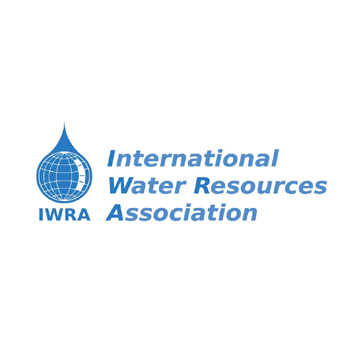
About the Organization
| Name | International Water Resources Association (IWRA) |
|---|---|
| Established | 1971 |
| Type | Non-profit NGO |
| Headquarters | Registered in Wisconsin, USA. Executive office in Paris, France. |
| Membership | 1,021 |
Introduction of the City/Province/Organization
IWRA is a non-profit, non-governmental, educational organisation established in 1971. It provides a global, knowledge based forum for bridging disciplines and geographies by connecting professionals, students, individuals, corporations and institutions who are concerned with the sustainable use of the world’s water resources. The goal of IWRA is to improve and expand the understanding of water issues through education, research and information exchange between countries and across disciplines. IWRA seeks to continually improve water resource decision-making by improving our collective understanding of the physical, ecological, institutional, social, and economic aspects of water. IWRA publishes the academic journal Water International, and organises the World Water Congress. These congresses occur approximaelty every three years in different countries each time, and the 17th Congress will be held in Daegu in May 2020. The World Water Congress has identified and discussed emerging trends and global themes in the water agenda for over 4 decades.
